There’s no such thing as a sure pick at the NHL draft. No matter the caliber of the prospect, anything can happen from draft night throughout the player’s career. Injury or poor developmental channels can stop even the best prospects from reaching their potential.
There is an expectation that first-round picks will work out for a team. Years of scouting and research go into every pick, but players taken in the first round have a certain importance. These players are supposed to become the core of a franchise, whose faces and names become part of the local sports culture.
Trading First Round Picks
For the Tampa Bay Lightning, this has not been the case in recent years. After trading Jonathan Drouin, Steve Yzerman has continued an odd trend. For the third consecutive year, the Lightning have traded a player Yzerman selected in the first round of the NHL draft. In 2015, the Lightning traded Brent Connolly, their first-round pick in 2010, for two second-round picks from the Boston Bruins. In 2016, the Lightning traded Anthony DeAngelo, their first-round selection in 2014, to Arizona for a second-rounder. Most recently Jonathan Drouin was traded to Montreal for Mikhail Sergachev.
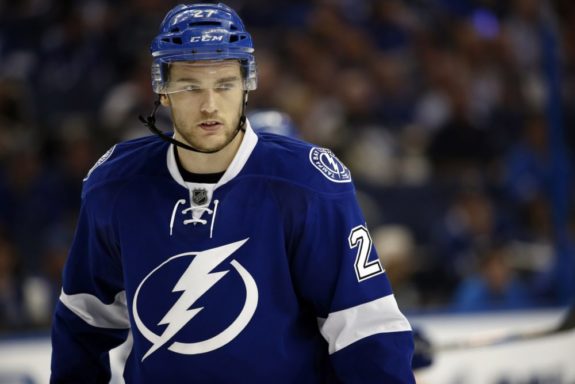
The remaining first-round picks still on the Lightning’s roster have seen underwhelming success with the team, besides Andrei Vasilevskiy who has grown into a franchise goaltender. The other first round picks, Slater Koekkoek and Vladislav Namestnikov, have roles on the team but as a bottom pairing defender or third-line center. Both are important spots to fill, but neither player was drafted to fill that role for the team.
Needing the Right Personnel
It is worth noting that during Yzerman’s first year as GM, his scouting team was not set in place yet, so he was relying on the former regime who had mixed results from the draft. After Al Murray was made Director of Amateur Scouting and Julien BriseBois took over the role of Assistant GM, there was a significant increase in the quality of drafted players. From Nikita Kucherov in the second round to Ondrej Palat in the seventh, roster players for the Lightning and their AHL affiliates drew significantly from their draft classes.
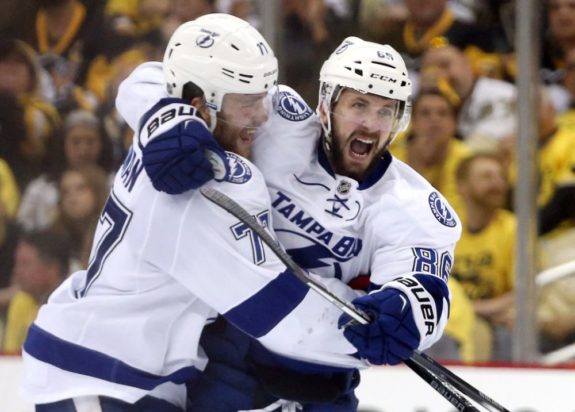
This begs the question; if the Lightning are successful at developing late draft picks, why have they struggled with their first rounders? If a team is able to draft and develop a talent like Brayden Point from the third round, they should have no problem with more talented first-round picks.
While there are many factors that play into the success of a prospect from either the first round or later rounds, there is one underlying theme running between all levels of the draft: The Lightning tend to draft the best player available (BPA) with their picks, and not to fill an organizational need. This draft philosophy is a part of why the Lightning’s success has been skewed over the years.
Drafting the Value Picks
By focusing on drafting the best player available, the Lightning consistently draft players who have fallen below their projected draft position. Typically they will take a player who fell in the draft rankings because of their size, where the Lightning have shown little reluctance to draft small forwards.
Point is the perfect example of a player who the Lightning got at a great value in the third round after he was projected to be drafted as high as the late first-round. He didn’t fall down the draft boards due to maturity or skill level, but primarily due to his small size.
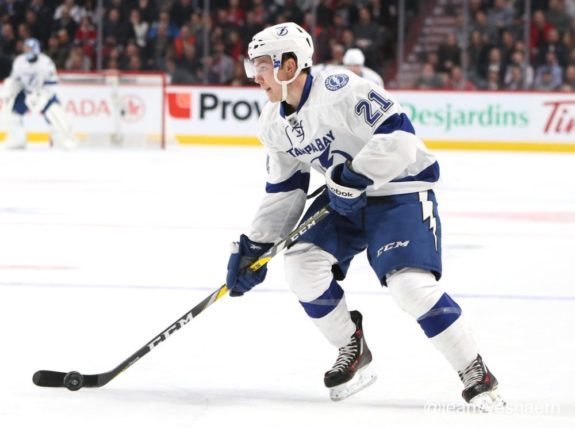
By drafting these value picks, the Lightning were able to find roster players in later rounds that typically don’t have an impact in the NHL. These players tend to be quick, have high hockey IQ and fit into the Tyler Johnson or Palat player archetype.
The Problem With BPA
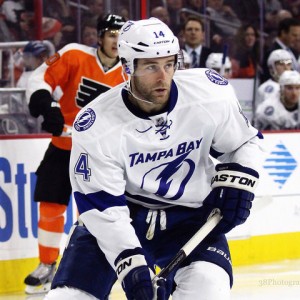
There are risks involved with taking the BPA, however. When a player falls down the draft boards due to injury or maturity, selecting them can an unnecessary risk. Both Connolly and Koekkoek fell on draft day due to persistent injuries. These injuries slowed the development of both players, ultimately putting them behind other young players who surpassed them while they were sidelined.
In a similar vein, DeAngelo was a reach when the Lightning selected him 19th overall. Many saw him as a late first-round pick due to his defensive lapses and maturity. The Lightning took a big swing by selecting him midway through the first round, hoping to solve their weak defense prospect pool. Instead, he failed to progress in his defensive game and was left on the bench instead of lighting up the ice.
Then there’s the Drouin issue. Back in 2013, when the Lightning had the third-overall pick, it was known that the franchise had a weak defense prospect pool outside of Victor Hedman. Despite this glaring organizational need that could have been filled by the highly touted Seth Jones, they selected who they saw as the BPA. This left the hole on defense open, forcing trades for defensemen and driving future picks to fill this gap .
Draft Smarter, Not Harder
Perhaps if the Lightning were less successful in later rounds and didn’t already have Steven Stamkos and Hedman on their roster, the first round mishaps would be of greater significance for the franchise. It can’t be overstated that by having these two uber-talented players on the roster to build around, Yzerman has been able to cover some of his draft failures.
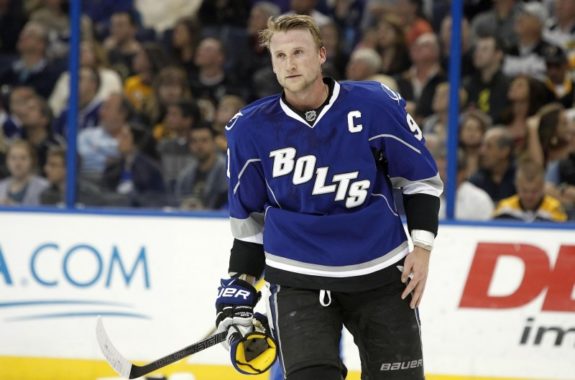
For now, the Lightning have to put any prior draft issues behind them and look forward to developing the next crop of players. If all goes as planned, the Lightning should have a roster player from the first-round of the 2017 draft. If history repeats itself, however, Lightning fans may have to wait until the second or third round to meet the next breakout star.